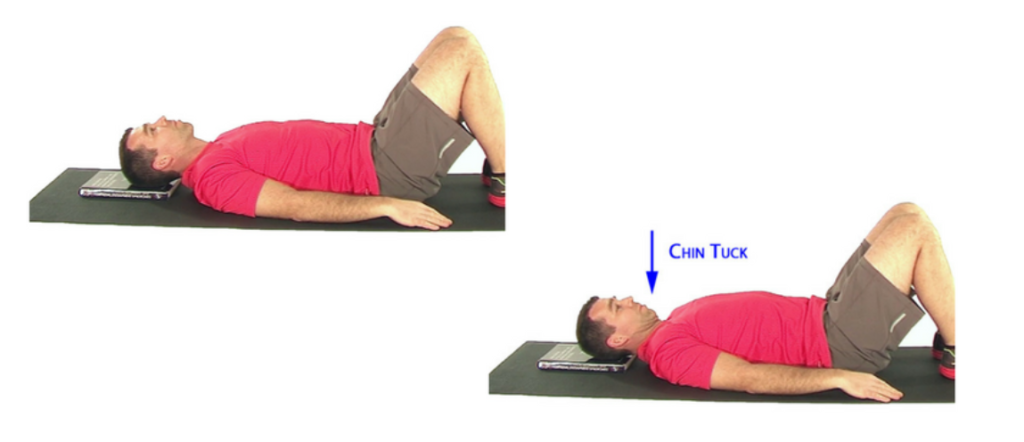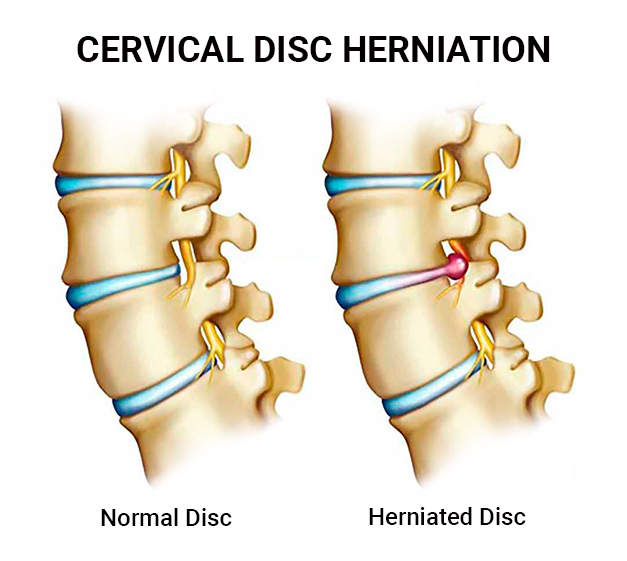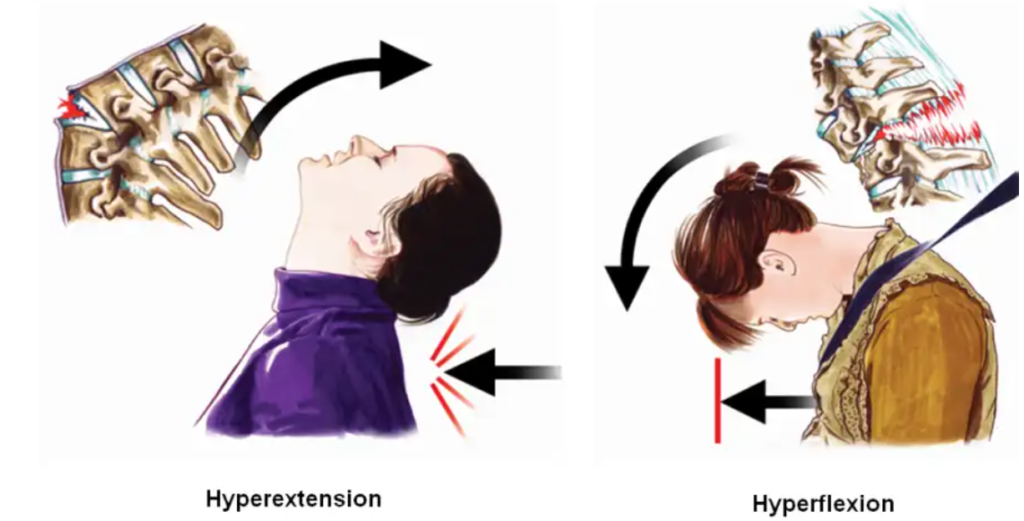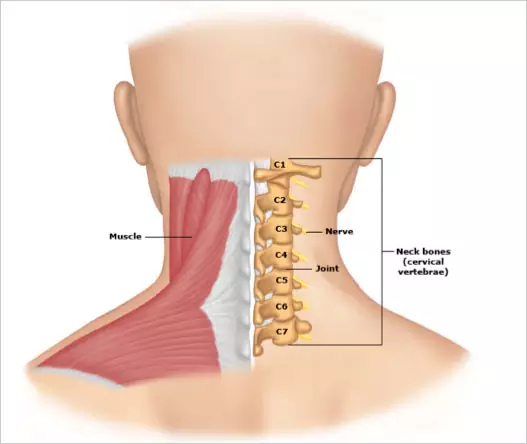What is vertigo and dizziness and how do they differ?
Dizziness can be a challenging sensation to articulate, but it typically entails a perception of spinning, swaying, tilting, or an imminent loss of balance or consciousness. Additionally, dizziness can induce feelings of lightheadedness, giddiness, or difficulty maintaining a straight gait.
One prevalent form of dizziness is “vertigo,” which can give the impression that either you or the environment is in motion, even when you are stationary. Vertigo can arise from various underlying issues associated with the inner ear or brain.
What are the symptoms of vertigo?
If you have vertigo, you may feel like you are:
●Spinning (or the room is spinning around you)
●Tilting or swaying
●Off balance
The sensations may be intermittent, varying in duration from seconds to minutes, hours, or even days. Movements like turning one’s head, shifting positions (such as standing up or rolling over in bed), coughing, or sneezing could exacerbate the symptoms. In addition, depending on the root cause of the vertigo, other symptoms may manifest, such as
●Nausea or vomiting
●A headache or sensitivity to light and noise
●Double vision, trouble speaking or swallowing, or weakness
●Shortness of breath, sweating, or a racing heartbeat
If you think you may have vertigo, see your doctor. It will help if you can describe how long your symptoms last, what triggers the symptoms, and any other problems you are having. These clues can help point to the cause of your vertigo.
Why vertigo occurs?
Vertigo generally occurs when there is a disruption in the vestibular system, which regulates balance and comprises components of the inner ear and nervous system. Various ailments can impact the vestibular system, ranging from mild to severe, with some potentially posing a grave risk to one’s life.
What is the connection between vertigo and inner ear problems?
Some diseases of inner ear can present with vertigo. They are
Benign paroxysmal positional vertigo –Benign paroxysmal positional vertigo (BPPV) is a type of vertigo that occurs due to displaced calcium deposits in the inner ear. It is characterized by brief episodes of vertigo lasting from a few seconds to under a minute, often triggered by specific head movements. In most cases, BPPV resolves on its own, but it can be treated with a procedure called “canalith repositioning,” where a healthcare provider maneuvers the head to relocate the misplaced calcium deposits. This procedure, also known as the Epley maneuver, typically results in an immediate or delayed improvement in symptoms. Patients may be instructed to perform similar movements at home to manage recurrent symptoms. You can know more about this here-
Meniere’s disease – Meniere’s disease is a chronic condition associated with an accumulation of fluid in the inner ear. It leads to recurring episodes of vertigo, hearing loss, tinnitus, and a sense of fullness in the ear, often affecting only one ear. Vertigo can be severe, lasting several minutes or hours, and accompanied by nausea and vomiting. Even after the episode, patients may experience a lingering feeling of imbalance that can last for days. Although Meniere’s disease is a lifelong condition, non-surgical treatments can be effective in managing symptoms in approximately 90 percent of patients.
Vestibular neuritis – Vestibular neuritis, also known as labyrinthitis, is believed to be caused by a viral infection that triggers inflammation around the nerve responsible for maintaining balance. Symptoms of vestibular neuritis include sudden and severe vertigo, nausea, vomiting, difficulty walking or standing up, and in some cases, hearing loss in one ear. Symptoms typically last for several days and gradually improve, although some patients may continue to experience residual dizziness or balance problems for several months. Permanent hearing loss can occur in some cases.
Is there a link between vertigo and migraines?
Vestibular migraine — Migraine can be a cause of episodes of vertigo. Most, but not all, people with vestibular migraine also have typical migraine headaches and other migraine symptoms (such as visual aura or light sensitivity) that can either accompany the spells of vertigo or occur separately. The duration of vertigo is variable, but most episodes last several minutes to a few hours.
Preventive treatments for migraine headache can also be helpful for vestibular migraine.
Can head injuries or trauma lead to vertigo?
●Head injury – Head injuries can affect the vestibular system in a variety of ways and lead to vertigo.
What other problems can cause vertigo?
●Medications – Some medications can affect the function of the inner ear or brain and lead to vertigo. Rarely, some medications can actually damage the inner ear.
●Problems affecting the brain – Stroke or transient ischemic attack (TIA), bleeding in the brain, or multiple sclerosis can also cause vertigo. There are usually other symptoms besides vertigo that occur with these brain problems.
Is vertigo a sign of a more serious underlying health condition?
You should seek help immediately if you have dizziness or vertigo along with any of the following:
●New or severe headache
●Fever higher than 100.4ºF (38ºC)
●Seeing double or having trouble seeing clearly
●Trouble speaking or hearing
●Weakness in your arm or leg
●An inability to walk without assistance
●Passing out
●Numbness or tingling
●Chest pain
●Vomiting that will not stop
In addition, you should seek help immediately if you have vertigo that lasts for several minutes or more if you:
●Are an older adult (60 years or older)
●Have had a stroke in the past
●Have risk factors for stroke (eg, high blood pressure, diabetes, or smoking)
What to expect when visiting a doctor for vertigo symptoms?
Doctor during consultation tries to find out the cause of vertigo by performing physical examination which consist of examining
●Your eyes – You might be asked to follow an object with your eyes, or focus on something while moving your head from side to side.
●Your balance and gait – This involves watching you walk, to see if you lean or tilt to one side, as well as checking your balance while you stand still.
●Your hearing – Your doctor will check your hearing in both ears.
Depending on what they find during your examination, your doctor might do additional tests. They might include an imaging test, such as magnetic resonance imaging (MRI), to look at the structure of your brain.
How is vertigo treated?
Vertigo can be a troublesome condition for many, but it is usually not a sign of a serious underlying problem. Treatment for vertigo is aimed at addressing the underlying cause if possible, managing symptoms, and promoting recovery.
If the cause of vertigo can be identified, disease-specific treatments may be recommended by your doctor. These treatments can range from medications and procedures to lifestyle changes. Depending on the underlying condition, treatment may focus on either resolving the vertigo or managing the condition to slow its progression and improve overall prognosis. Some common disease-specific treatments are described in the previous section.
For individuals experiencing severe or prolonged episodes of vertigo, regardless of the cause, medications may be prescribed to alleviate symptoms such as vomiting.
What medication help with vertigo symptoms?
Medications may include:
●An antihistamine, such as the prescription medicine meclizine or nonprescription medicines like dimenhydrinate or diphenhydramine . These medicines are also commonly used to treat or prevent motion sickness.
●Prescription ant nausea medicines, such as ondansetron, promethazine), or metoclopramide.
●Prescription sedative medicines, such as diazepam, lorazepam or clonazepam. These medicines are commonly used to treat anxiety, but can also help relieve vertigo.
Most of these medicines make you sleepy, and you should not take them before you work or drive. You should only take prescription medicines to treat severe vertigo symptoms, and you should stop the medicine when your symptoms improve (usually within a day or two). Continuing to take these medications can interfere with long-term recovery.
Are there any exercises or physical therapy techniques that can help with vertigo?
Vestibular rehabilitation — Most people with vertigo feel better if they keep their head still. However, lying still and not moving your head can actually delay recovery in the long term. Vestibular rehabilitation can help people recover from vertigo that is caused by a problem within the vestibular system.
Vestibular rehabilitation works by helping your brain adjust its responses to changes in the vestibular system. It can also help train your eyes and other senses to “learn” how to adapt. This therapy is most helpful when it is started as soon as possible after you develop vertigo.
During rehabilitation, you will work with a physical therapist who will teach you exercises you can do at home. For example, you might start by focusing on an object with a blank background and move your head slowly to the right and left and up and down. You would perform this exercise for several minutes two to three times per day.
How can I prevent falls and injuries during a vertigo episode?
If you have trouble standing or walking because of vertigo, this increases your risk of falling. This is particularly a concern for older adults, as falls can lead to serious complications, such as a broken hip. Talk to your doctor, nurse, or therapist if you are worried about falling. To reduce the risk of falls, remove hazards in your home, such as loose electrical cords, slippery rugs, and clutter; wear sturdy shoes; and avoid walking in unfamiliar areas that are not lighted.






















